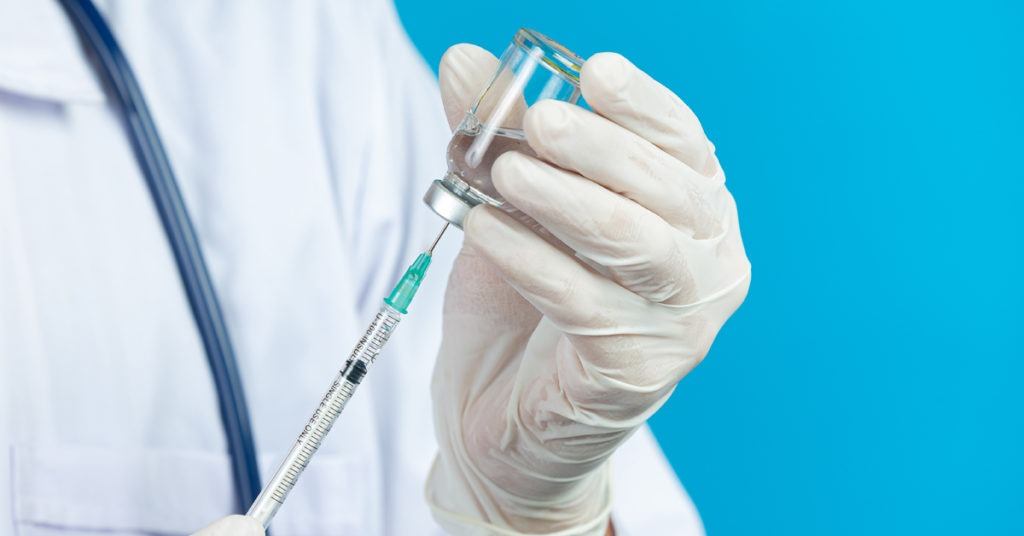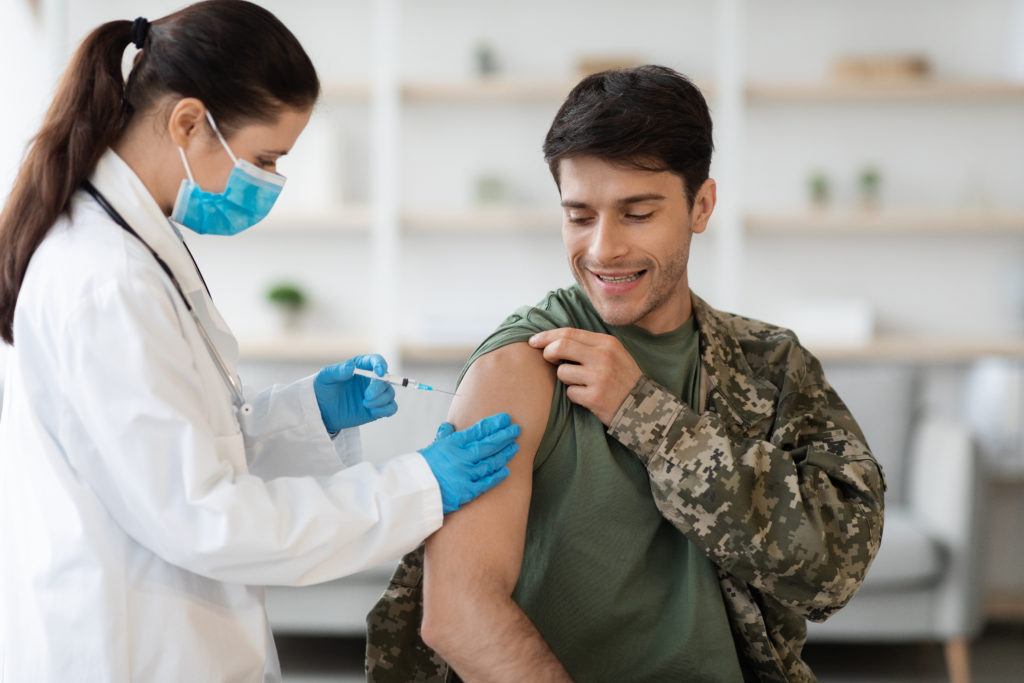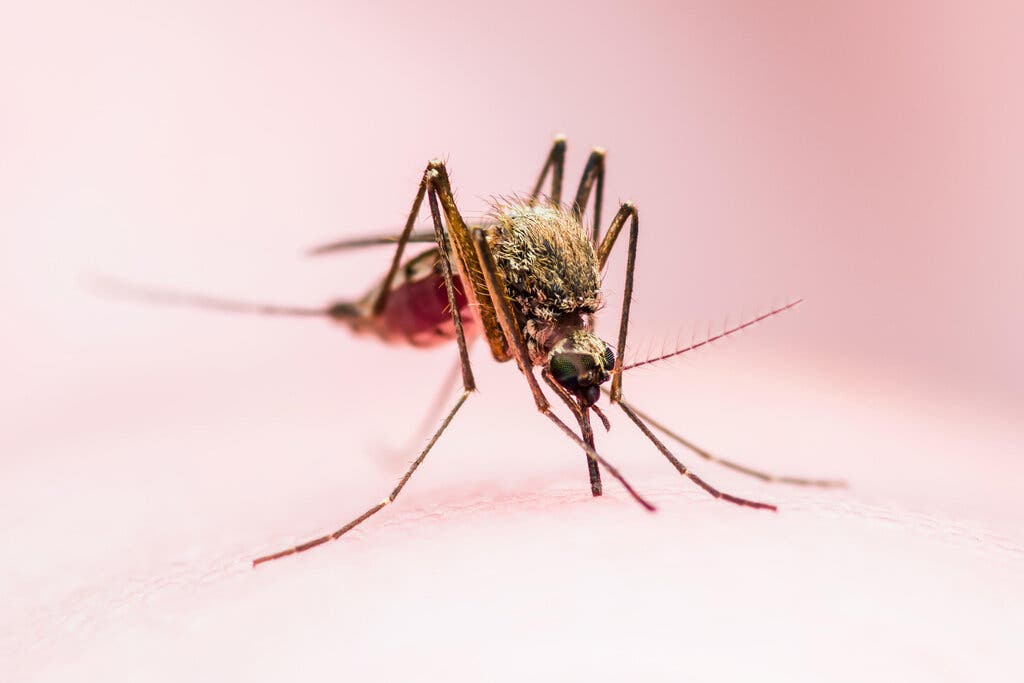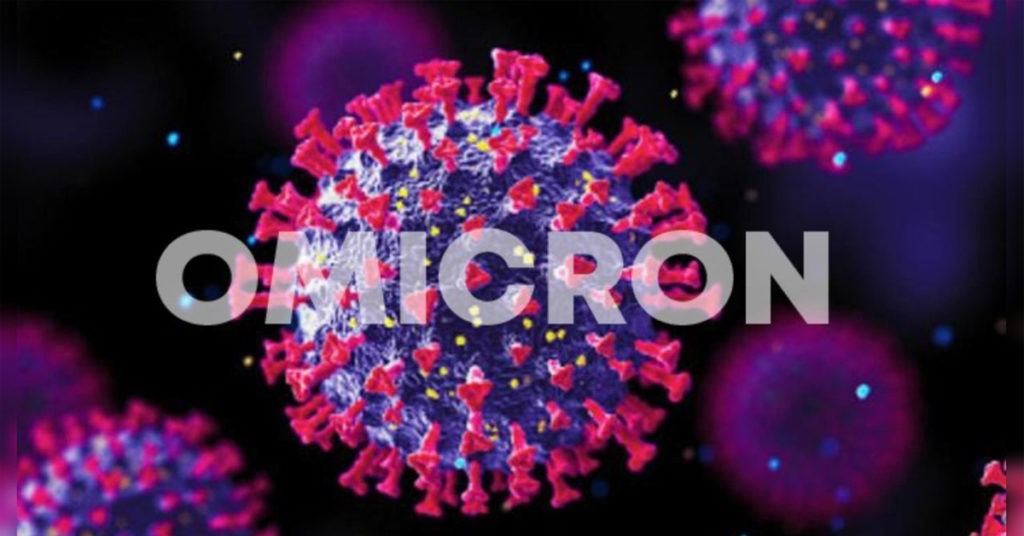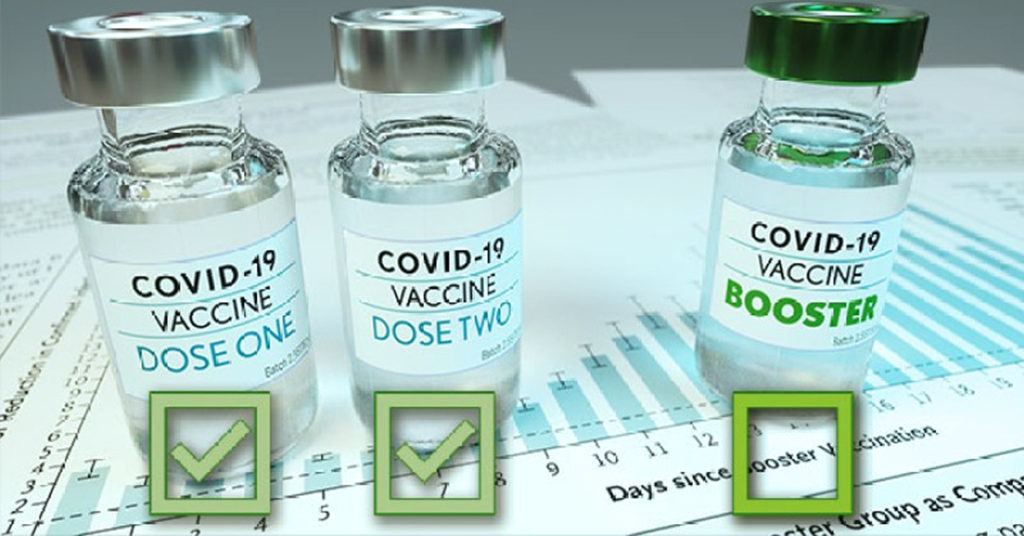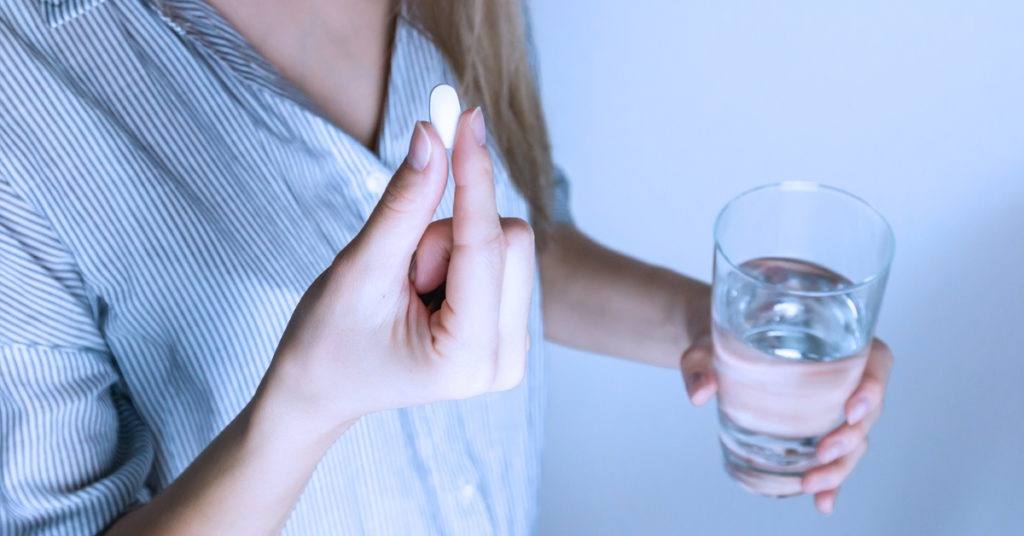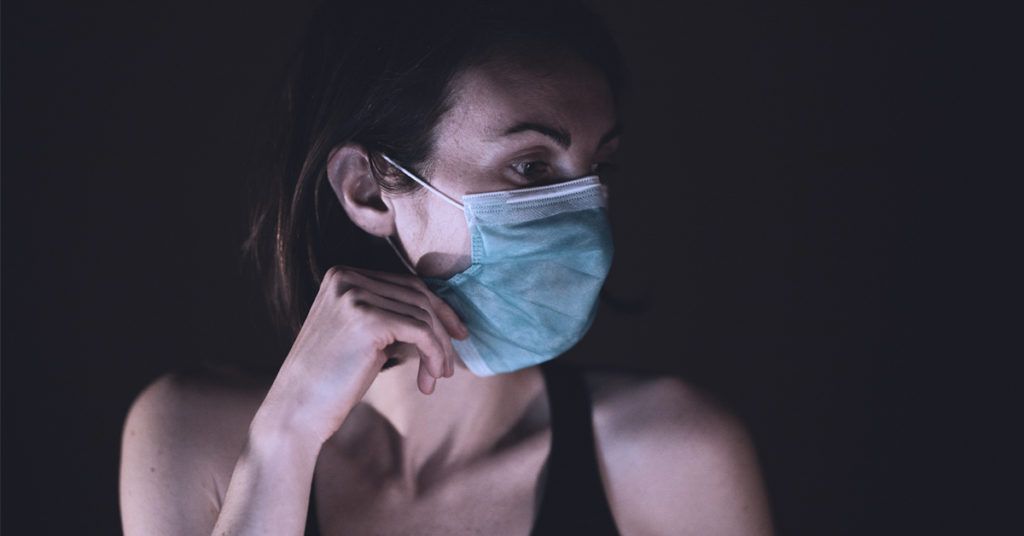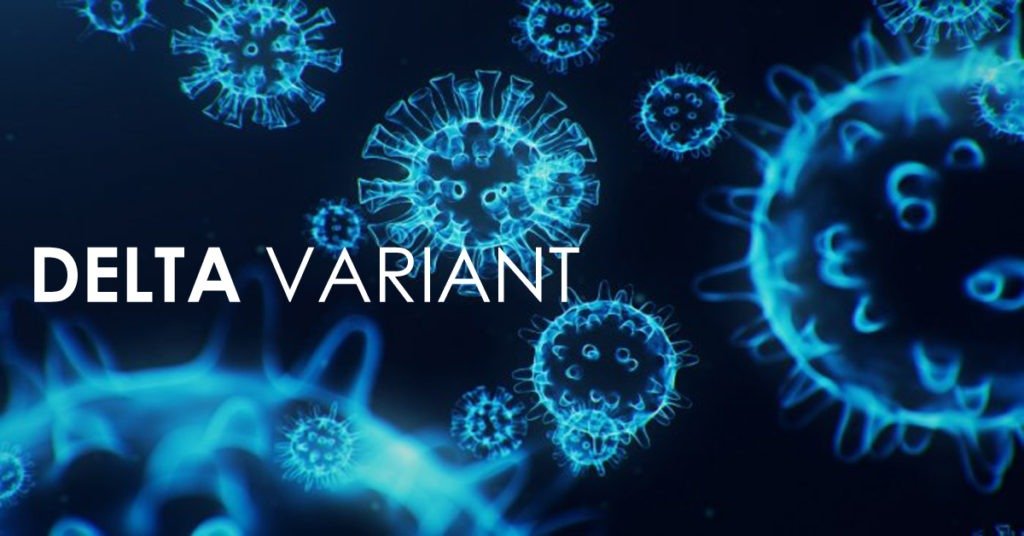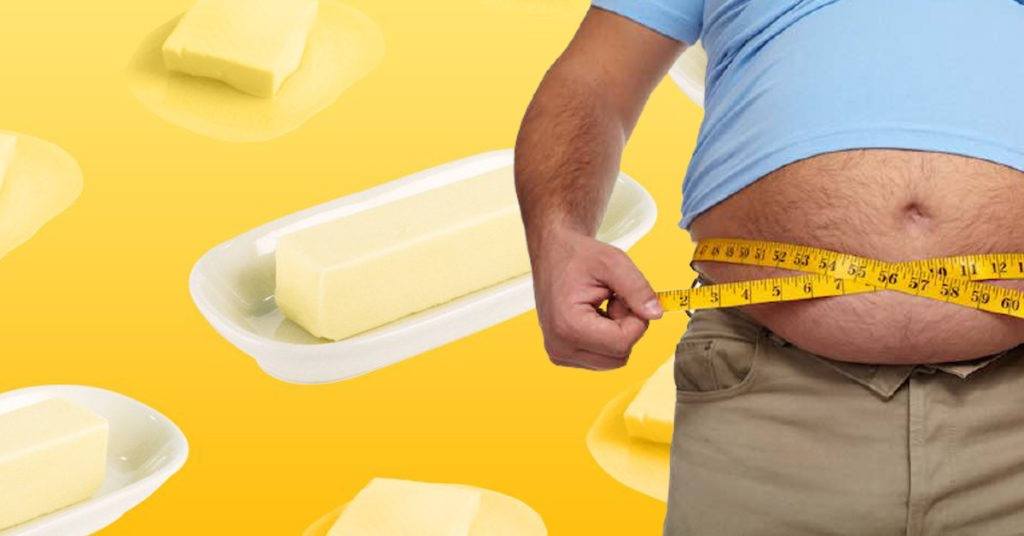Can You Treat COVID-19 with Ivermectin and Lianhua?
Coronavirus Disease 2019 (COVID-19), a viral illness caused by Severe Acute Respiratory Syndrome Coronavirus 2 (SARS-CoV-2), made a record-breaking pandemic that affected millions of people around the world. To date, the Philippines has reported over 904,285 COVID-19 cases, of which 199,121 are active. Moving forward to its new normal state entails finding an evidenced-based clinical … Read more

